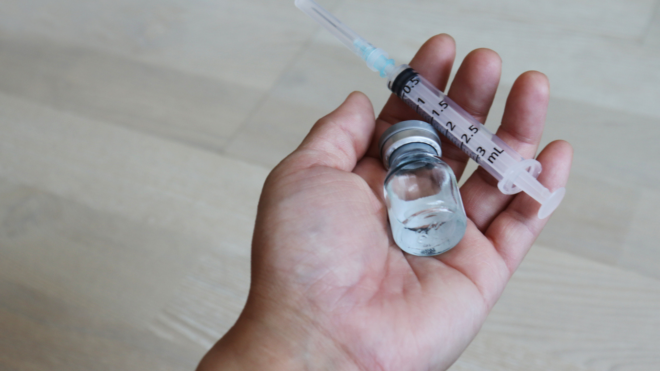Ordinarily, the news that some moldy foods are safe to eat wouldn't be all that exciting. But with food prices going through the roof, it's a relief to know that a little bit of mold on food doesn't always mean the whole is spoiled and should be discarded. Here are five moldy foods that are safe to eat, according to the U.S. Department of Agriculture. (As to whether moldy food tastes good — you're on your own with that one.)
-Obviously, there are some blue-veined cheeses — Roquefort, blue, Gorgonzola, and Stilton are all coming to mind — that are made with mold and are, therefore, safe to eat. However, if you see surface mold on the cheeses above, you must cut off mold at least 1 inch around and below the mold spot before consuming; then, re-cover the cheese in fresh wrap.
-Similar handling (trimming and re-wrapping) should be used if surface mold is found on hard cheeses like most cheddars, aged-Gouda, Pecorino, Parmigiana-Reggiano, and Swiss. The reasoning here is that the mold can't penetrate very far into the cheese because it's so dense and hard.
-It's usually normal for some shelf-stable hard salami varieties as well as dry-cured ham to have surface mold: Just scrub it off before eating.
-It's very difficult for mold to penetrate into firm vegetables with low moisture content, like cabbage, cauliflower, carrots, and peppers. If you see mold on these items, cut off at least 1 inch around and below the mold spot — keep the knife out of the mold itself so it will not cross-contaminate other parts of the produce.
-The same reasoning in No. 3 applies to firm fruits including apples and pineapple. Carefully trim away, then enjoy!
Always, always, always discard foods like hot dogs, poultry, bacon, cakes, breads, and yogurt if they develop mold — it could be harmful, and it's just not worth the risk.
Do you cut mold off food and eat the rest, or do you just throw the whole thing away?
Image via StuartWebster/Flickr




